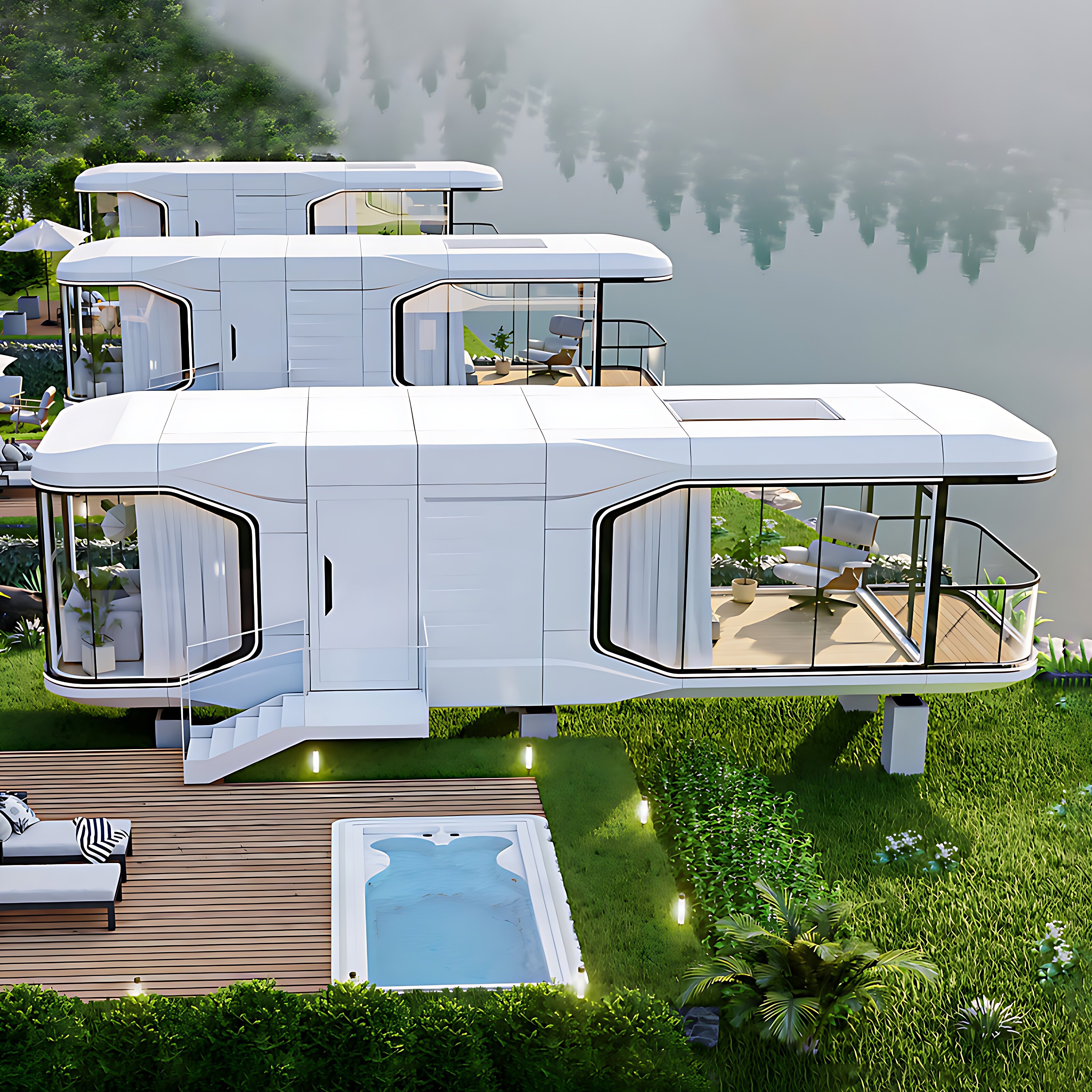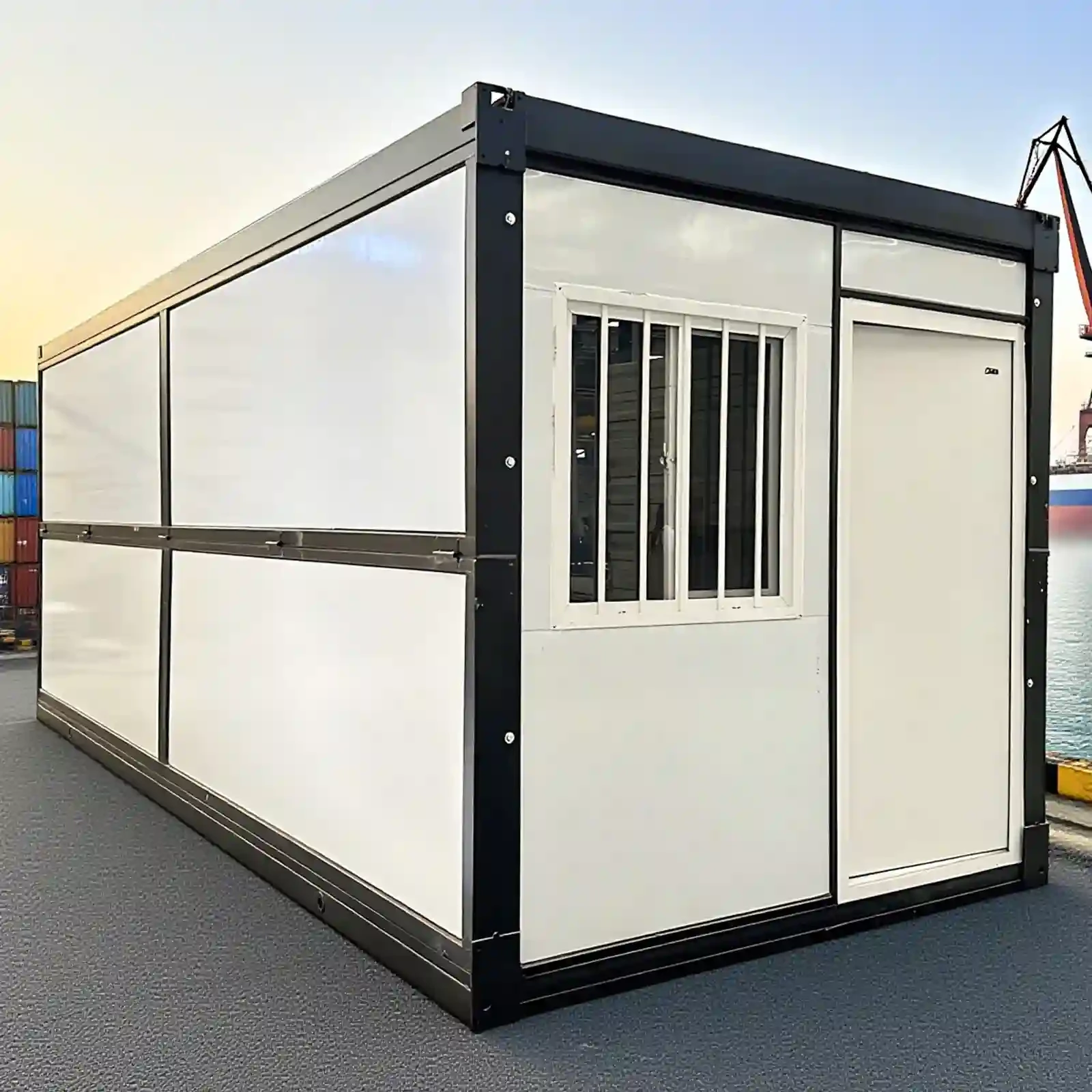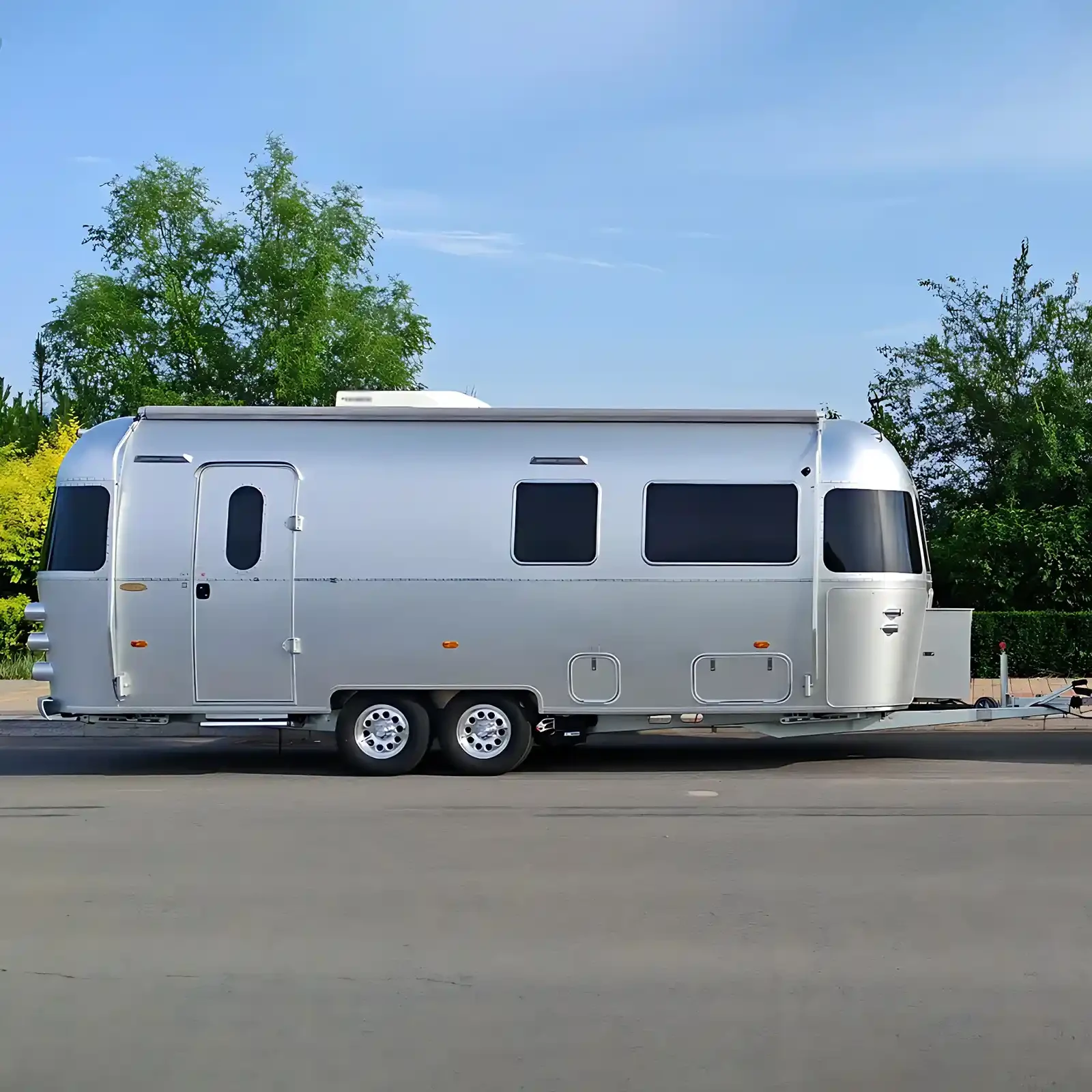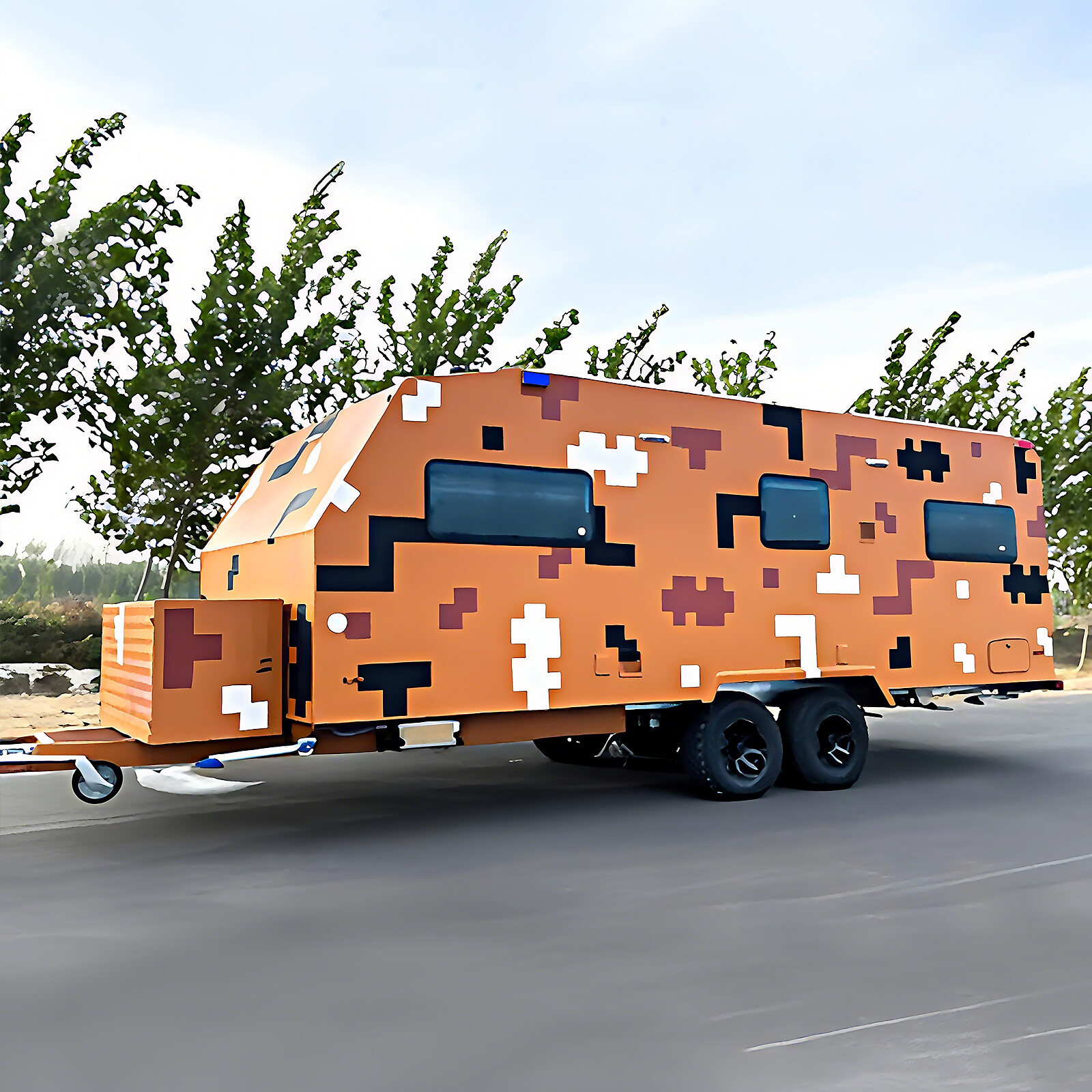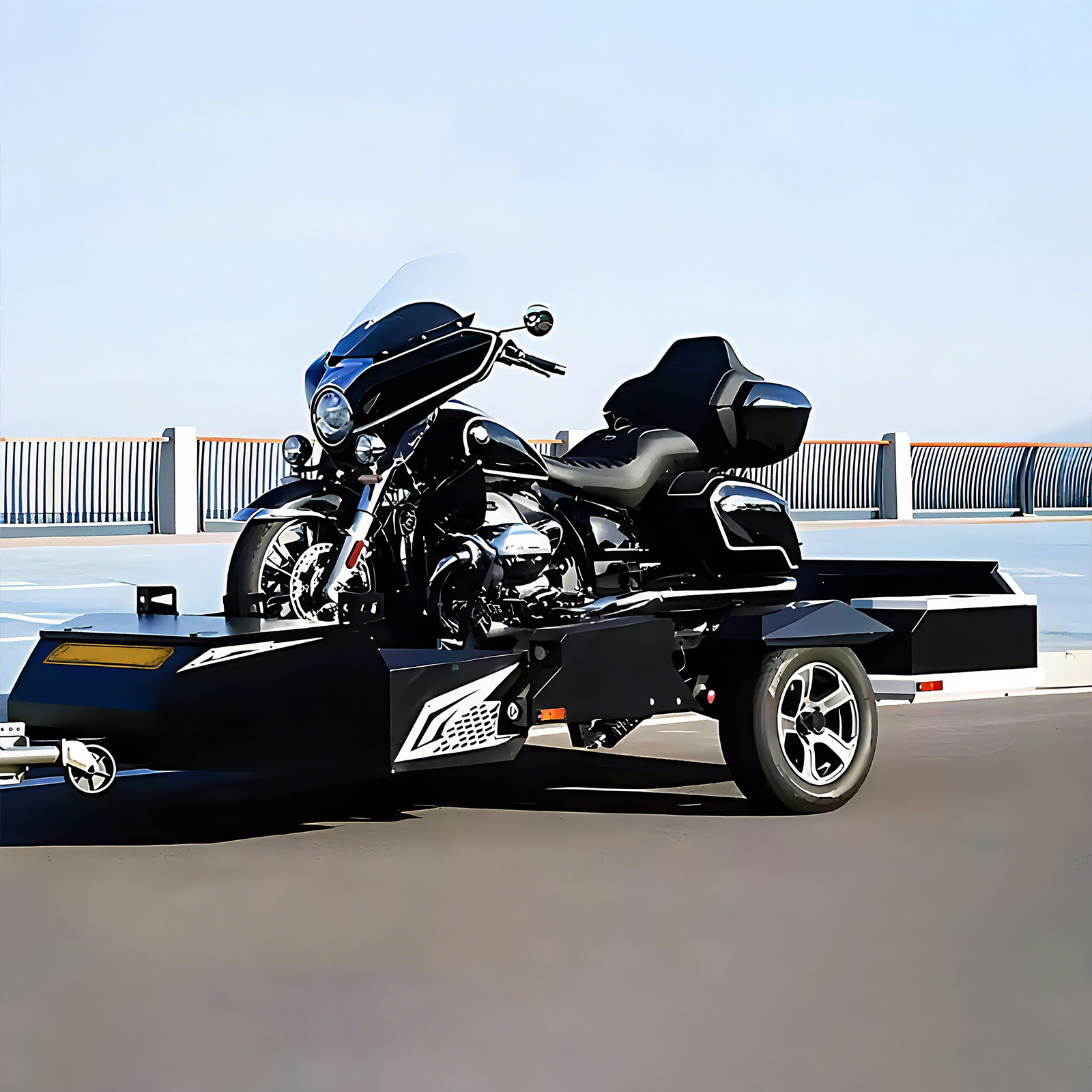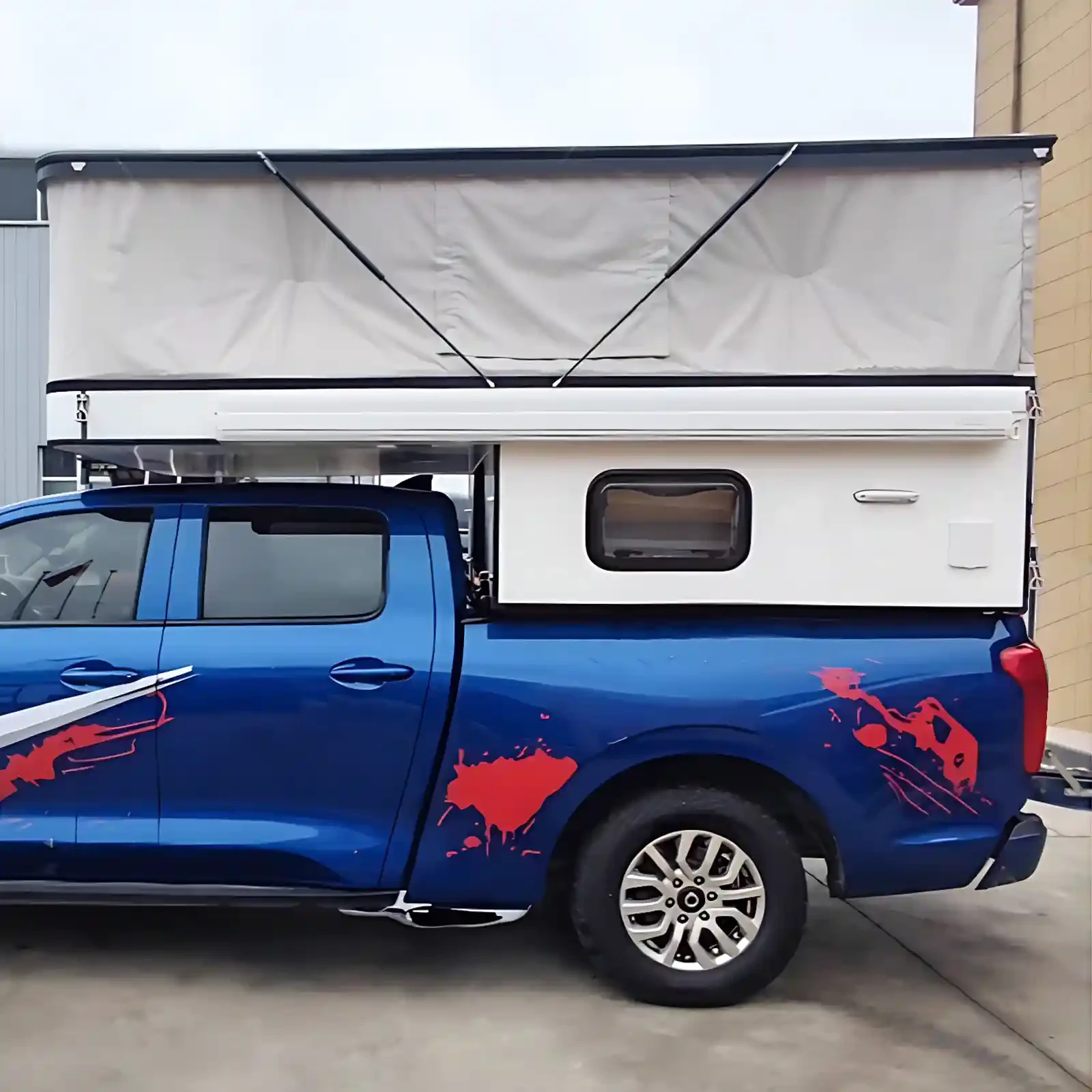In today's pursuit of innovative and environmentally friendly living spaces, capsule homes are attracting widespread attention with their unique design and convenience. However, whether used as tourist homestays, field stations, or emergency housing, a stable energy supply is crucial for their normal operation. To address the inadequacy of traditional power grid coverage or the need for off-grid operation, capsule homes utilize a variety of technologies to efficiently capture, store, and utilize energy.
1. Diversified Utilization of Renewable Energy
(1) Solar power generation system
Solar energy is the most common energy source for space capsule housing. High-efficiency photovoltaic panels, typically made of materials such as monocrystalline silicon or cadmium telluride, are typically installed on or around the cabin's roof or perimeter. These panels achieve a photoelectric conversion efficiency of 20%-25%. These panels convert solar energy into direct current (DC), which is then converted to AC via an inverter and directly supplied to lighting, appliances, and other equipment within the cabin.
To improve energy efficiency, some space capsules are equipped with tracking photovoltaic mounts. These automatically adjust their angle based on the sun's position, keeping the panels perpendicular to the sun. This increases power generation by 20%-30% compared to fixed mounts. Furthermore, solar water heating systems are widely used. Using vacuum tubes or flat-plate collectors to absorb heat, they meet daily hot water needs for washing, bathing, and other activities, while reducing electricity consumption.
(2) Wind power generation system
In areas with abundant wind resources, capsule homes are equipped with small wind turbines. Common vertical-axis or horizontal-axis wind turbines typically have a power output of 1-5kW and are suitable for wind speeds between 5 and 25 m/s. Wind power and solar energy complement each other: solar energy is the primary source of power during daytime hours when there is ample sunlight, while wind power is used at night or on rainy days. To prevent damage to equipment due to strong winds, wind turbines typically feature automatic speed limiting and yaw protection. When wind speeds exceed the rated value, the blades automatically adjust their angle, reducing speed and stress.
(3) Other new energy applications
Some space capsules also explore the use of geothermal and biomass energy. For example, shallow geothermal systems use underground heat exchangers to exchange heat with the soil, providing winter heating and summer cooling. In areas where conditions permit, small-scale biogas power generation devices can convert kitchen waste and feces into combustible gas for cooking or power generation, solving energy problems while also realizing waste resource utilization.
2. Optimal Configuration of Energy Storage Systems
(1) Battery energy storage technology
Lithium batteries, particularly lithium iron phosphate batteries, are the mainstream choice for space capsule energy storage. They are widely used due to their high energy density (140-180 Wh/kg), long cycle life (over 3,000 cycles), and excellent safety. A typical space capsule energy storage system has a capacity of 10-50 kWh, enough to power lighting, refrigerators, air conditioners, and other equipment for one to three days.
To improve energy storage efficiency, some systems have introduced intelligent battery management systems (BMS) that monitor battery voltage, temperature, and charge and discharge status in real time. Through balanced control, they prevent overcharging and over-discharging of individual cells, thereby extending their service life. Furthermore, some high-end space capsules are experimenting with reusing retired electric vehicle batteries, reducing energy storage costs while achieving resource recycling.
(2) Mechanical energy storage and phase change energy storage
In addition to batteries, mechanical energy storage (such as flywheel energy storage) and phase change energy storage technologies are also being explored. Flywheel energy storage uses a high-speed rotating flywheel to store kinetic energy, offering fast response times and high charge and discharge efficiency. Phase change energy storage materials (such as paraffin wax and hydrated salts) absorb or release large amounts of latent heat during the solid-liquid transition process, which can be used to regulate cabin temperature and reduce energy consumption in the temperature control system.
3. Application of Intelligent Energy Management System
(1) Energy monitoring and distribution
Space capsule homes are typically equipped with intelligent energy management systems, which use sensors to monitor solar and wind power generation, as well as equipment load, in real time. The system automatically allocates energy according to a pre-set strategy: prioritizing renewable energy, with excess power stored in batteries. When energy is insufficient, a backup power source (such as a small diesel generator) is activated. For example, when photovoltaic panels generate more power than needed, excess energy is automatically transferred to the batteries for charging. During peak nighttime electricity demand, the batteries and generators work together to ensure stable power output.
(2) Energy-saving equipment and demand-side management
The cabin incorporates energy-saving features such as LED lighting and inverter appliances, reducing energy consumption by 30%-50% compared to traditional equipment. Smart outlets and temperature control systems automatically adjust power based on usage scenarios, such as shutting off non-essential appliances when no one is on board and automatically shutting down the air conditioner when the indoor temperature reaches a set point. Some capsules are also connected to an IoT platform, allowing users to remotely control devices through a mobile app, view real-time energy consumption data, and further optimize energy usage habits.
4. Complementary solutions with traditional energy
When renewable energy is insufficient, capsule homes still need to rely on traditional energy sources. Some off-grid capsules are equipped with small diesel or natural gas generators as backup power sources, typically with a power output of 3-10kW. Capsules closer to the grid adopt a "grid-connected + energy storage" model, selling excess power to the grid during the day and purchasing power from the grid at night or during energy shortages, allowing for flexible switching.
Capsule homes utilize diversified energy sources, efficient energy storage technologies, and intelligent management systems to create a sustainable energy supply system. From the utilization of clean energy sources like solar and wind power, to the optimization of energy storage and energy-saving equipment, to the supplementation of traditional energy sources, the coordinated application of these technologies not only ensures energy self-sufficiency in the capsules but also provides an innovative model for the development of green buildings. With technological advancements, future capsules are expected to achieve even greater levels of energy independence and intelligent management.

 USD
USD
 GBP
GBP
 EUR
EUR
